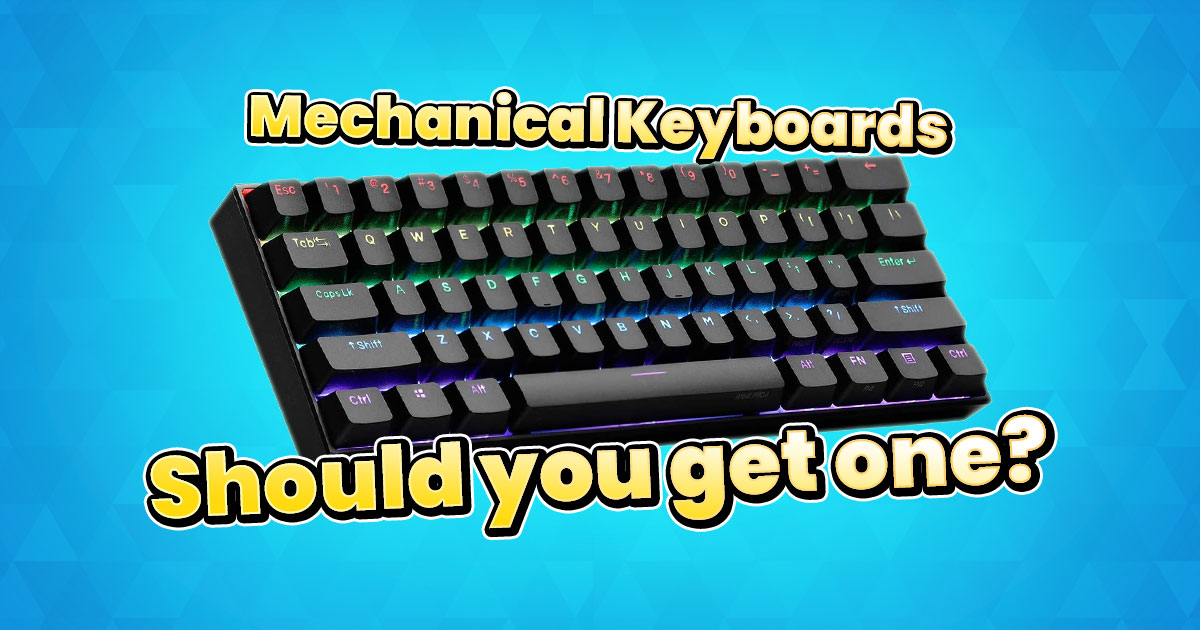
Lately, mechanical keyboards have been growing in popularity because they’re a lot more affordable now compared to back then, and there are many kinds of mechanical keyboards to choose from to suit your needs. Moreover, because of the pandemic, more and more people are getting into customising their keyboards for a more personalised and satisfying typing experience.
Compared to rubber dome keyboards, mechanical keyboards are usually much more expensive. With that in mind, what benefits do you get from mechanical keyboards? Should you get a mechanical keyboard for yourself? Let’s find out.
What exactly is a mechanical keyboard?
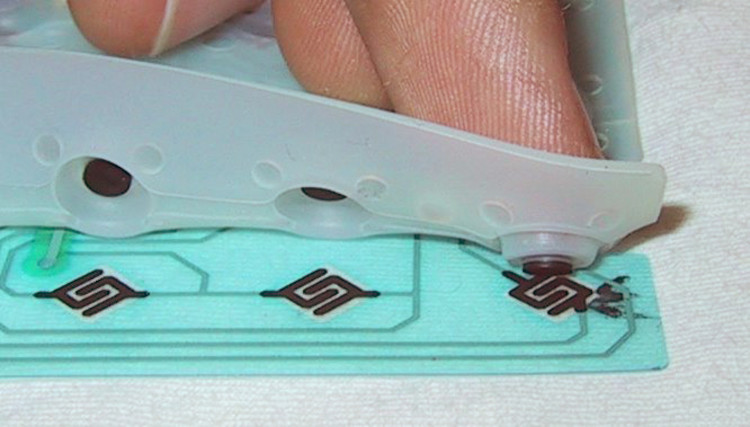
How membrane keyboards look like under the hood. Image courtesy of Asiir
To put it briefly, a mechanical keyboard is a type of keyboard that uses mechanical switches under each key instead of rubber membranes typically found on generic keyboards. Because of that, mechanical keyboards are more durable, as they can withstand up to 50 million key presses or more, while membrane keyboards are only rated for around 5 million key presses.
By investing a little more to get a mechanical keyboard, you might end up spending less in the long run as you will most likely be replacing it a lot less (unless you spill water on it accidentally) compared to membrane keyboards. However, mechanical keyboards are not without drawbacks, as they’re usually thicker, heavier and usually a little louder than membrane keyboards.
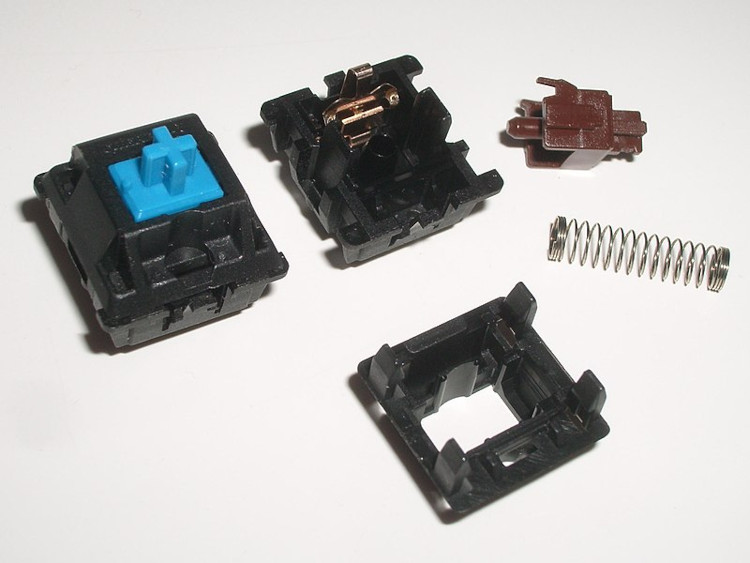
This how a mechanical keyboard switch look like
Sure, there are smaller mechanical keyboard sizes like 60% keyboards, 75% keyboards, and tenkeyless (TKL) keyboards, but they’re still much thicker compared to membrane keyboards of the same size. Because of that, if you often carry a small bag that has just enough room for your laptop or tablet, you might want to consider getting a flexible membrane keyboard instead.
Different mechanical switches provide different typing experiences
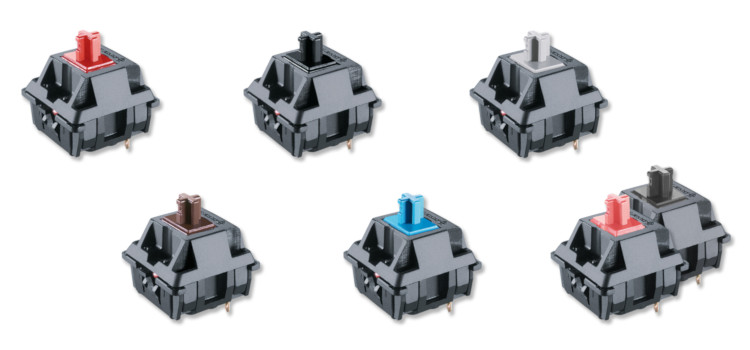
The colour of the stem represents the type of switches it is
Your typing experience varies depending on the type of mechanical switches your keyboard comes with. To elaborate, mechanical keyboard switches are usually available in 3 different flavours: clicky switches, tactile switches, and linear switches.
Clicky switches provide an audible click, as well as a tactile bump, to let you know that the key has been pressed and input is being sent to the computer. On the other hand, a tactile switch functions similar to a clicky switches, except that it does not produce an audible click when actuated, but it does have a tactile bump that you can feel as you press down on the key.
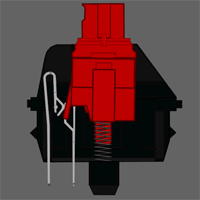
How a linear keyboard switch actuates
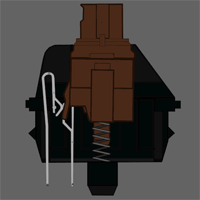
A tactile switch has a little bump midway through the key press
Last but not least, linear switches do not produce a click when pressed down, nor do they have a tactile bump, making it the smoothest feeling switch out of the 3. Having said that, you can pick the best switch to suit your needs.
For example, if you prefer a keyboard that’s quiet enough not to disturb others that are beside you, it might be better to opt for linear switches or tactile switches if you prefer something with tactile feedback. But, if you want a typewriter-like experience, it might be better to opt for the clicky switches instead.
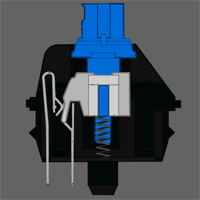
Clicky keys have an additional component that produces the click when pressed down
However, if you’re unsure which mechanical keyboard switch to go for, going with tactile or clicky switches will be a good starting point. I prefer linear switches because it is usually the more silent option of the 3, and I like how it sounds when the switch has been lubed (more on this later).
When switching over from membrane keyboards to mechanical keyboards, the first thing you’ll notice is that the keys don’t feel “mushy”. Instead, it gives a very satisfying thock sound as you press the key all the way down, giving a more satisfying typing experience.
How do you customise your mechanical keyboard?
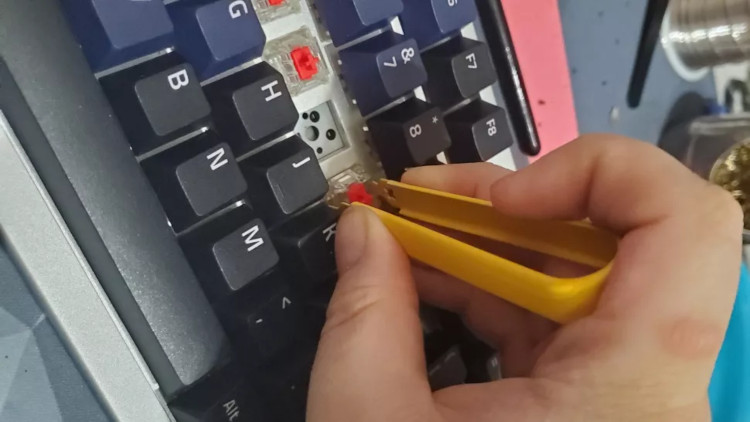
Removing a switch from a hotswappable keyboard
There are many things you could do to personalise your keyboard typing experience. For example, if your keyboards are fitted with ABS keycaps that tend to become shinier over time, swapping to double shot PBT keycaps will ensure that your keycaps look consistent even after being used for extended periods.
Not only that, but because PBT keycaps are usually denser, they also sound much better than ABS keycaps. Swapping the keycaps to a different colour or artisan keycaps also adds to the keyboard’s personality.
Artisan keycaps made out of resin
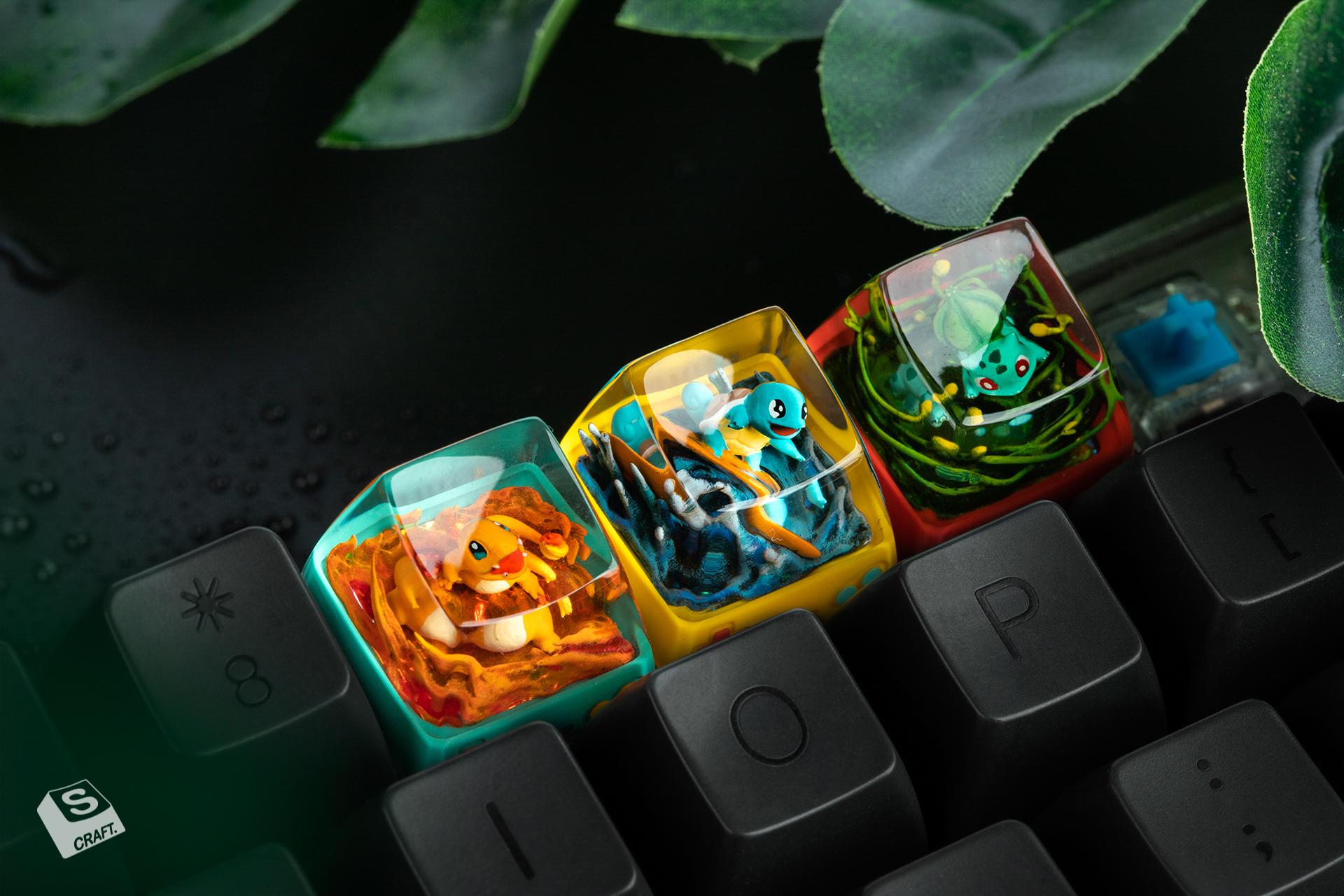
Artisan keycaps can look like this too! Image courtesy of reddit
Furthermore, it’s also possible to enhance your typing experience by lubricating the inside of each switch and key stabilisers for a smooth and satisfying typing experience. If you have a keyboard that lets you easily swap the key switches, you can fit different switches for different keyboard sections.
For example, you can use tactile switches for the number pad while the rest of the keyboard uses linear switches. Besides the mods mentioned above, there are many different ways to customise a keyboard, so don’t be afraid to sit down and do your research.
What about building your very own mechanical keyboard?
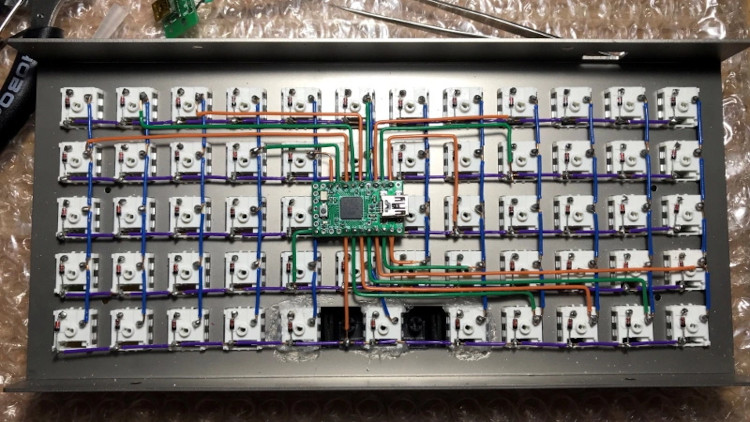
Handwiring involves individually soldering wires to each keyboard switch
Instead of buying a pre-made keyboard, some would rather build their own mechanical keyboards from scratch instead. While it might be slightly cheaper doing so (depending on what you use), you need to have all the necessary skills, including programming knowledge to program the microcontroller, soldering, CAD designing (if you’re 3D printing a case), and a lot of patience.
However, if you meet all the requirements, you can create keyboards ranging from small form factor ones or even split keyboards. So basically, you’re only limited by your imagination.
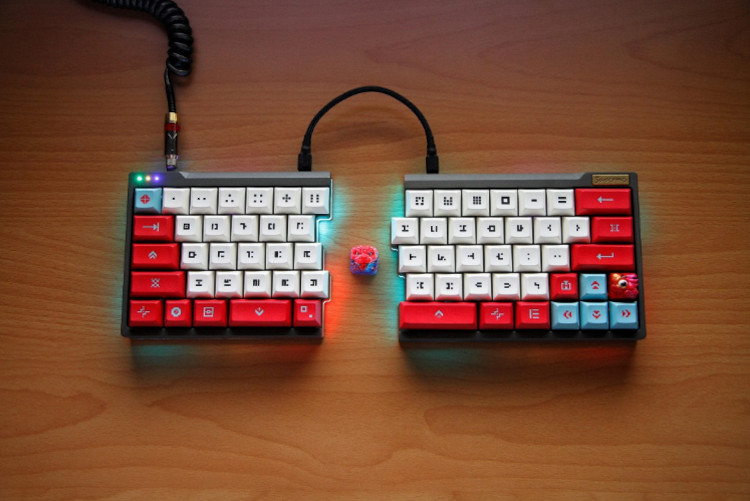
If you have the skill and the knowledge, you can make something like this!
If you don’t know where to start to get into customising or building a keyboard from scratch, you can join a local custom keyboard group on Facebook or Subreddit to ask questions. Alternatively, you can do your research by watching YouTube videos on the topic and reading up on how-to guides online.
Should you get yourself a mechanical keyboard?
Why not? To be frank, it’s all up to personal preference and whether you mind the additional bulk if you’re looking for a keyboard to bring around. However, as mentioned above, if you want something that’s not only extremely lightweight but also flexible enough to squeeze into almost any bag compartment (such as a bottle holder), or you’re on a very tight budget, then it might be better to get a membrane keyboard instead.
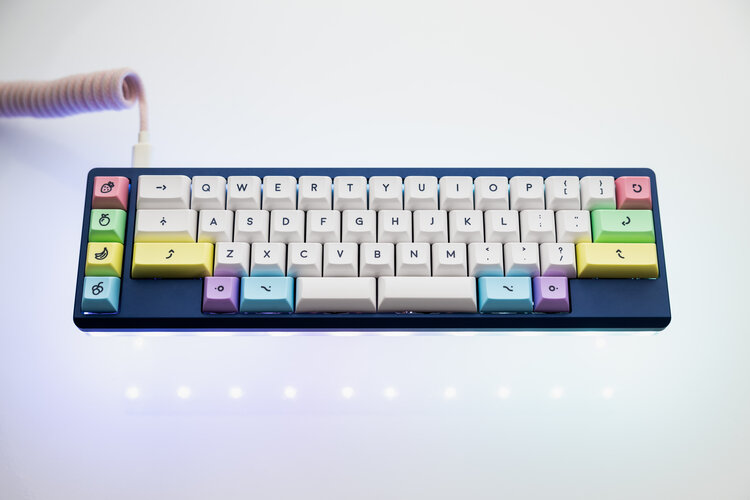
Here's a cute custom mechanical keyboard from taehatypes
If you're not sure which keyboard to start with, you can opt for the Royale Kludge RK61 which can be purchased for less than RM200. Alternatively, you could also go for the GK61 which is made by several manufacturers for slightly over RM200 if you want something that feels a little more solid.
With that all being said, are you keen on getting or making your own mechanical keyboard in the future? Let us know on our Facebook page and for more updates like this, stay tuned to TechNave.com.








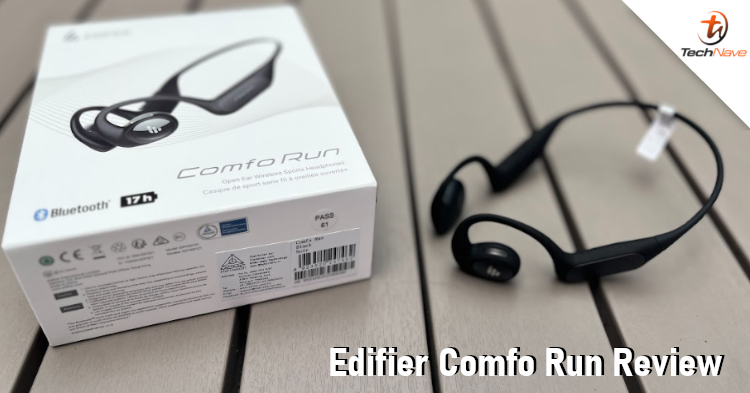
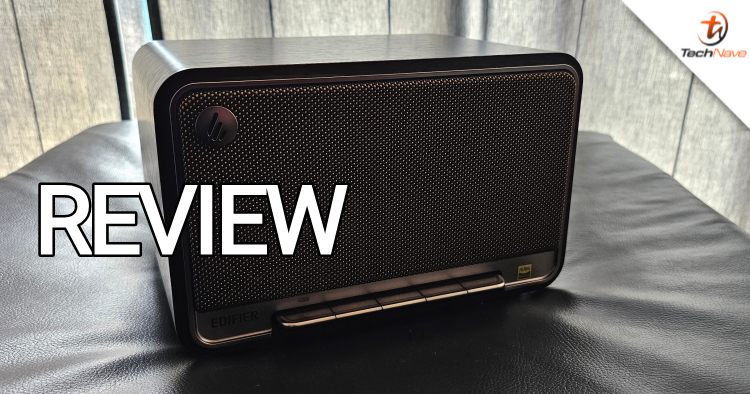
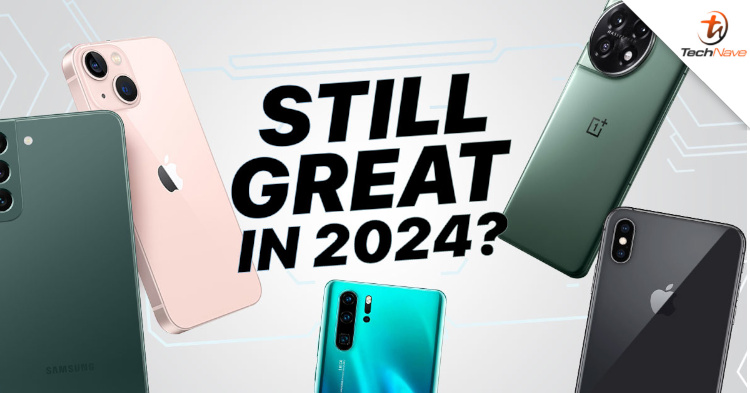
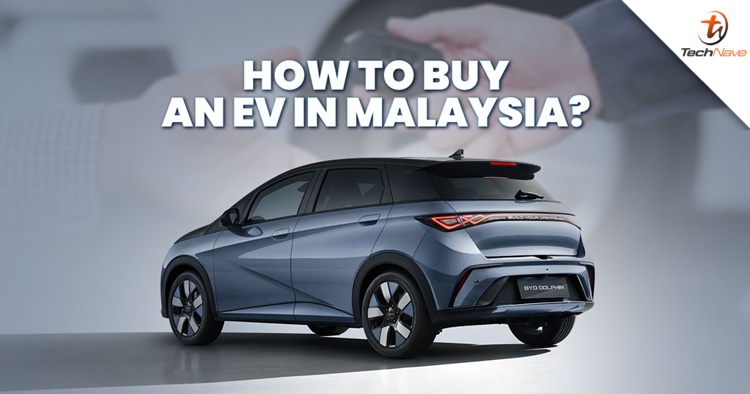

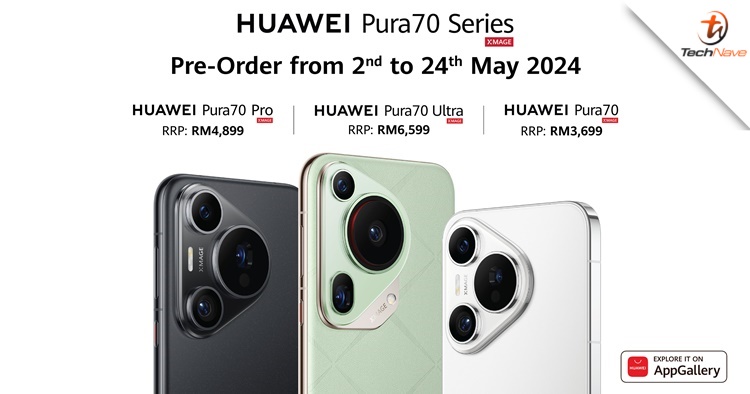
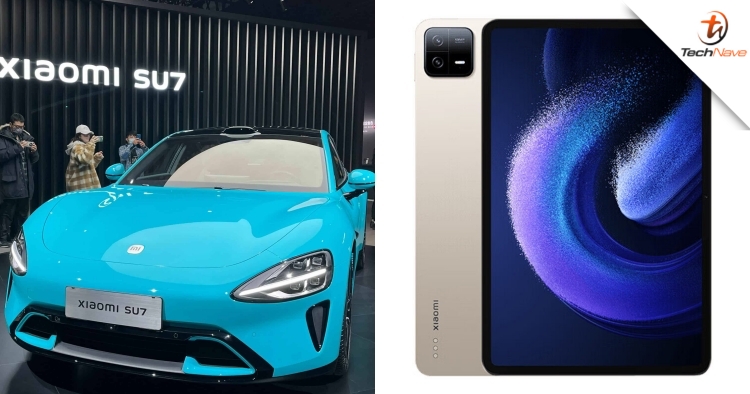
COMMENTS